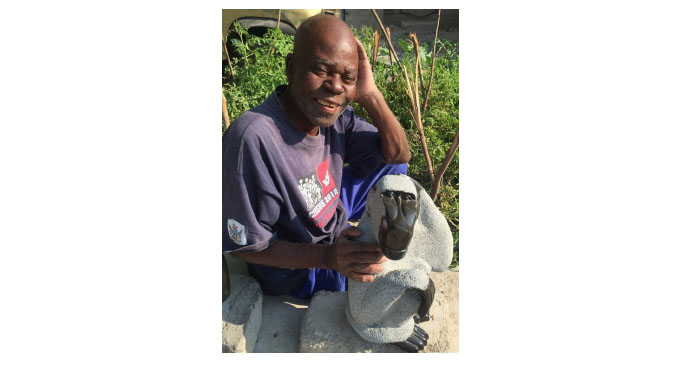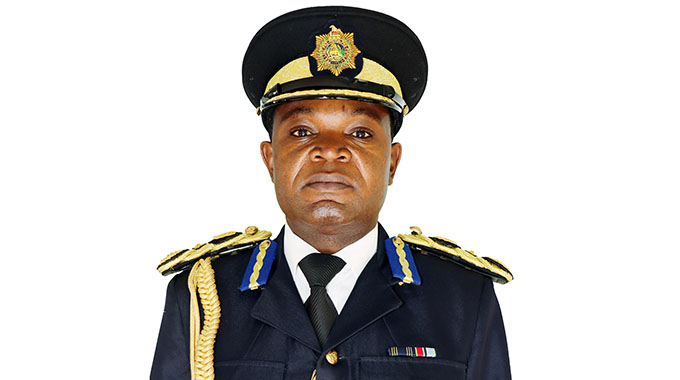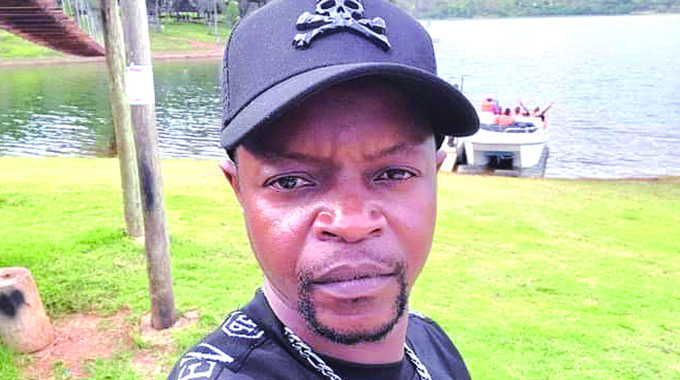Legends of sculpture still standing

Timothy Akuda
Arts Correspondent
The internationally recognised sculpture movement in Zimbabwe has to date lost 90 percent of its founding members. The movement, which was started in the 1960s, still stands strong and shows no signs of dying.
To date we have lost crucial members like Nicholas Mukomberanwa, Bernard Matemera, Crispen Chakanyuka, Claud Nyanhongo, Fanizani Akuda, Albert Nathan Mamvura, Henry Munyaradzi, Damian Manuhwa, Thomas Mukarobgwa, Moses Masaya, John and Bernard Takawira, Boira Mteki, Joseph Ndandarika and many more others.
A few surviving members are Sylvester Mubayi, Edward Chiwawa (85), Enos Gunja (72), Ephraim Chaurika (81) and Josiah Manzi (88).
It will be of much interest to look at the journey these artists have travelled to establish one of the strongest art movements in the world starting with Sylvester Mubayi who turns 79 this year.
Mubayi is a prestigious sculptor who pays much attention to detail and outcome. His works from the 1960s show how much he has evolved to become a seasoned artist.
Today, he is identified amongst the finest sculptors Zimbabwe has ever produced and his career stands remarkable with traceable amounts of nominations and awards.
In 1969, he won the Ernest Oppenheimer Memorial Award and went on to get different awards and recognitions from The National Gallery of Zimbabwe.
From 1967 to 1990, he was a regular participator in all the major Annual Exhibitions by the National Gallery of Zimbabwe and won many awards through that. Simply put, he enjoyed local and international recognition at an early stage.
In the 1980s, Mubayi participated in most of the group and solo exhibitions hosted by Chapungu Sculpture Park and Matombo Gallery, platforms which were being run by Roy Guthrie and the late Roy Cook respectively.
Though Mubayi started his career in Tengenenge, he was quickly lured by Frank McEwen to join his Workshop School in Harare and so in November of 1968 he left Tengenenge.
Working together with Frank McEwen, Mubayi and Thomas Mukarobgwa further joined the Vukutu art community in Nyanga, which was being set up by McEwen and his then wife Mary McFadden.
Due to varying reasons, the Vukutu plan did not take off as initially anticipated and also that McEwen left Zimbabwe because the Smith regime thought he sided with the natives.
After meeting Roy Guthrie in the late 70s, Mubayi found a new ground to continue his career.
The war of liberation was at its height, but he continued to work from his home place in Marondera. Guthrie continued to market his works locally and internationally, including in his exhibitions.
In 1988, Mubayi attended one of his exhibitions by Guthrie in England and for the first time in more than 10 years, Mubayi met Frank McEwen again.
In 2017, he made history by being the first artist in the old guard to attend and participate in the 57th Venice Biennale courtesy of the National Gallery of Zimbabwe and will mostly likely go down in history as the only artist in the First Generation to achieve such.
Out of interest, Tapfuma Gutsa was the first sculptor to participate in the 54th Venice Biennale in 2011 when Zimbabwe made its maiden appearance under the leadership of its current director Raphael Chikukwa.
The only difference is that Gutsa is not classified under the group of the first generation.
Another difference is at the 54th Biennale, Tapfuma Gutsa, because of his remarkable and unmatched versatility, did not showcase stone sculpture, but took the opportunity to show other art forms and with great success.
The fact that Mubayi showcased his best in stone art will always be a remarkable memory to cherish.
However, let me hasten to state that the avant-garde group in its entirety, Mubayi included, has had a favourable share in terms of showcasing and exhibiting on the international platform.
Mubayi’s works are found all over the world in museums, galleries, public places, universities, as well as in private collections.
He has travelled the path and he has travelled it so well.
Together with a few of his compatriots still alive, they have been privileged to have travelled this long. Together with those we have lost, they remain a symbol of Zimbabwe and a footprint on the international art scene.
History will always cherish them.
Today, Mubayi operates and runs his workshop in Chitungwiza.








Comments